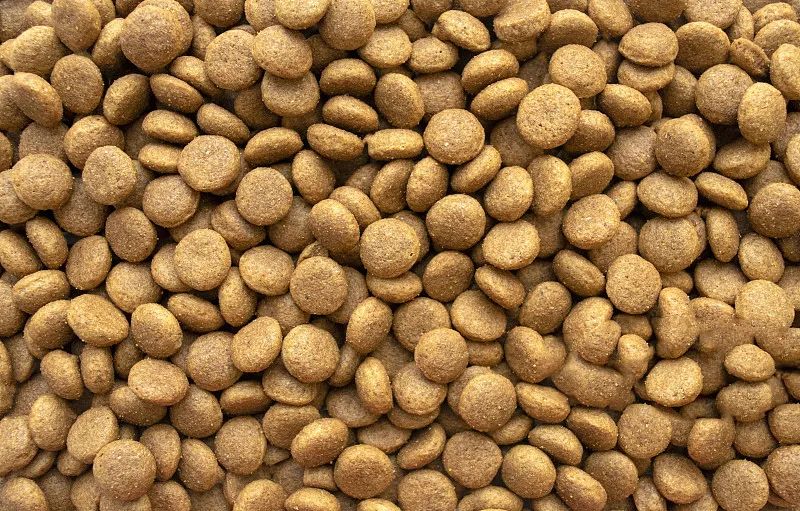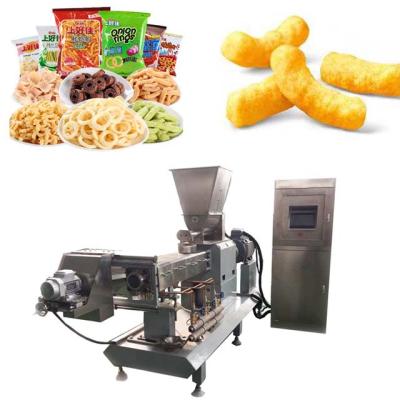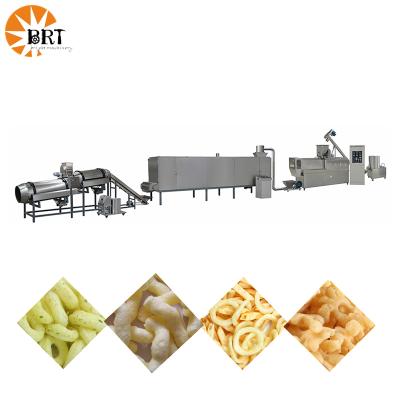Application of Blood Meal in Pet Feed
Because blood meal has high nutritional value and its processing technology and methods are becoming increasingly perfect, its application in pet feed has also received widespread attention. Some pet feed formulas will contain ingredients such as chicken blood meal and hydrolyzed blood meal.

1. The application effect of blood meal in pet feed
A test was conducted on the effect of puffed blood meal on growing dogs. It was found that adding 5% to 10% of puffed blood meal to the feed can replace a certain proportion of fish meal to achieve the ideal feeding effect. The test dogs grew well and each group gained weight. The feed intake and other aspects are better than those of the control group, and the feed itself has the advantages of simple processing technology, hygiene, convenient feeding, and saving labor. Especially when the added amount of expanded blood meal is 5%, the best feeding effect can be achieved, which can quickly promote the growth of animals, improve feed returns, and have significant economic benefits.
A study was conducted on the effect of hemoglobin powder prepared by spray drying on dog and cat food. The results showed that adding 6% hemoglobin powder to the feed has a good effect on increasing the weight of dogs and cats, and significantly improves the quality of dog and cat food. Apparent digestibility of crude protein. However, its palatability was significantly lower than that of the control group. The main reason was that the blood meal contained the smell of blood and had poor palatability.
2.Things to note when adding blood meal to pet feed
Imbalanced amino acid content
Although the protein content of blood meal is high, the amino acid composition is unbalanced. The first limiting amino acid of blood meal is isoleucine, and the second limiting amino acid is methionine. Therefore, in pet diets containing blood meal, the amino acid content must be adjusted to increase Protein utilization and feeding effects.
Poor palatability
Palatability is the comprehensive reflection of the flavor, appearance, texture and hardness of feed, and is the comprehensive response of the animal's vision, smell, taste and touch. During the processing of traditional dried blood meal, the blood is easily deteriorated or contaminated, and the blood cells lose water and harden during the processing. The resulting blood meal often smells of blood and has poor palatability. Improving the palatability of blood meal is mainly through the improvement of blood meal production technology. Different processing methods have great differences in its nutritional composition, palatability and digestibility. Therefore, while retaining the nutrients of blood meal, removing its bloody smell to improve its palatability is a key factor in whether blood meal can become a high-quality animal protein raw material for dog and cat food.


